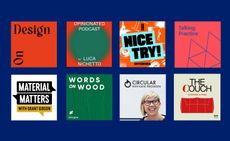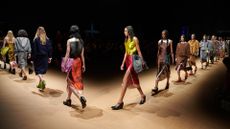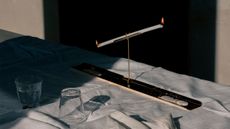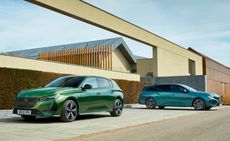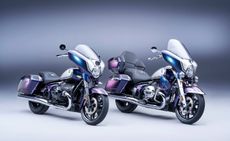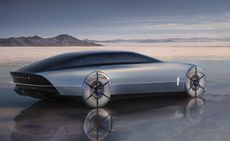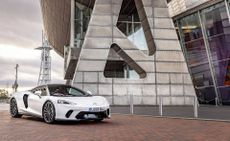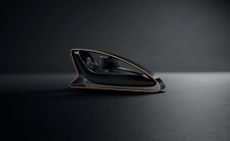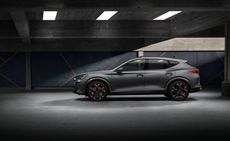Dacia’s new Manifesto concept is a true outdoor utility vehicle
Utilitarian auto brand Dacia sets a bold new agenda with its Manifesto, a concept car pitched at the active outdoor market
- (opens in new tab)
- (opens in new tab)
- (opens in new tab)
- Sign up to our newsletter Newsletter

We’ve written before about how the Romanian brand Dacia has carved itself a niche within affordable utility design, eschewing the ever-increasing levels of luxury that define modern SUVs in favour of a rugged, low-cost aesthetic. Cars like the Duster (opens in new tab) and the ultra-functional Jogger (opens in new tab) are a welcome departure from the industry’s relentless emphasis on premium materials and finishes.
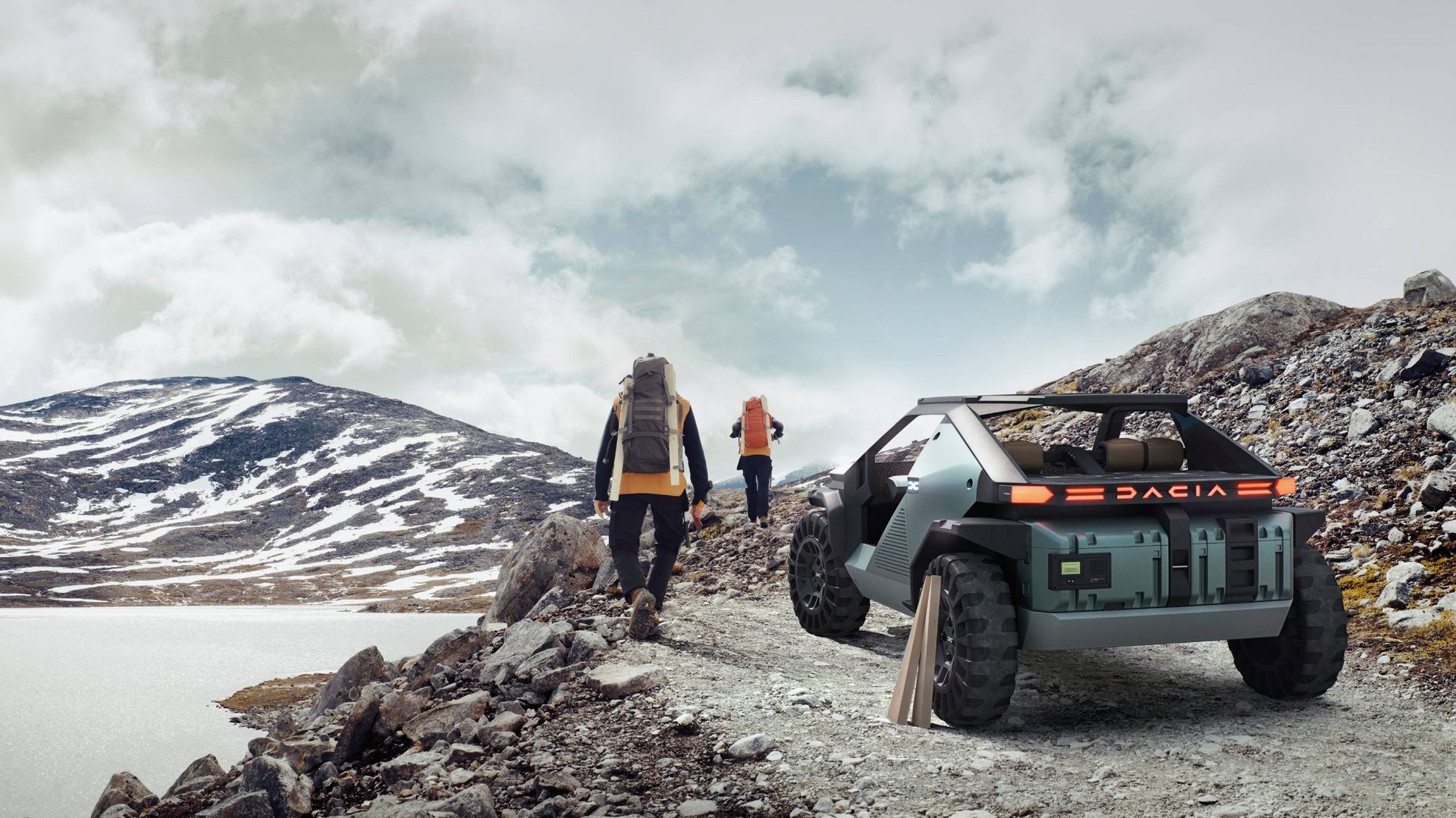
The company – a sub-brand of Renault – continues to strike out on its own, finding a sweet spot in amongst the fiercely competitive volume car-making business. This week saw another bold design statement in the shape of Dacia’s Manifesto concept car, designed to explore how the company can go further while retaining its essential DNA.
‘We’ve redefined the company’s brand pillars,’ says design director David Durand. ‘There are now three components: essential but cool; robust and outdoor; and eco-smart.’

This car is a concept, pure and simple, with no ambition for a road-going version. That’s not to say that elements of the design and proportions might not be carried over into future Dacia models, as well as some of the interior and exterior details and – most likely – the materials palette. Durand set his design team the challenge to push the brand values to the extremes.
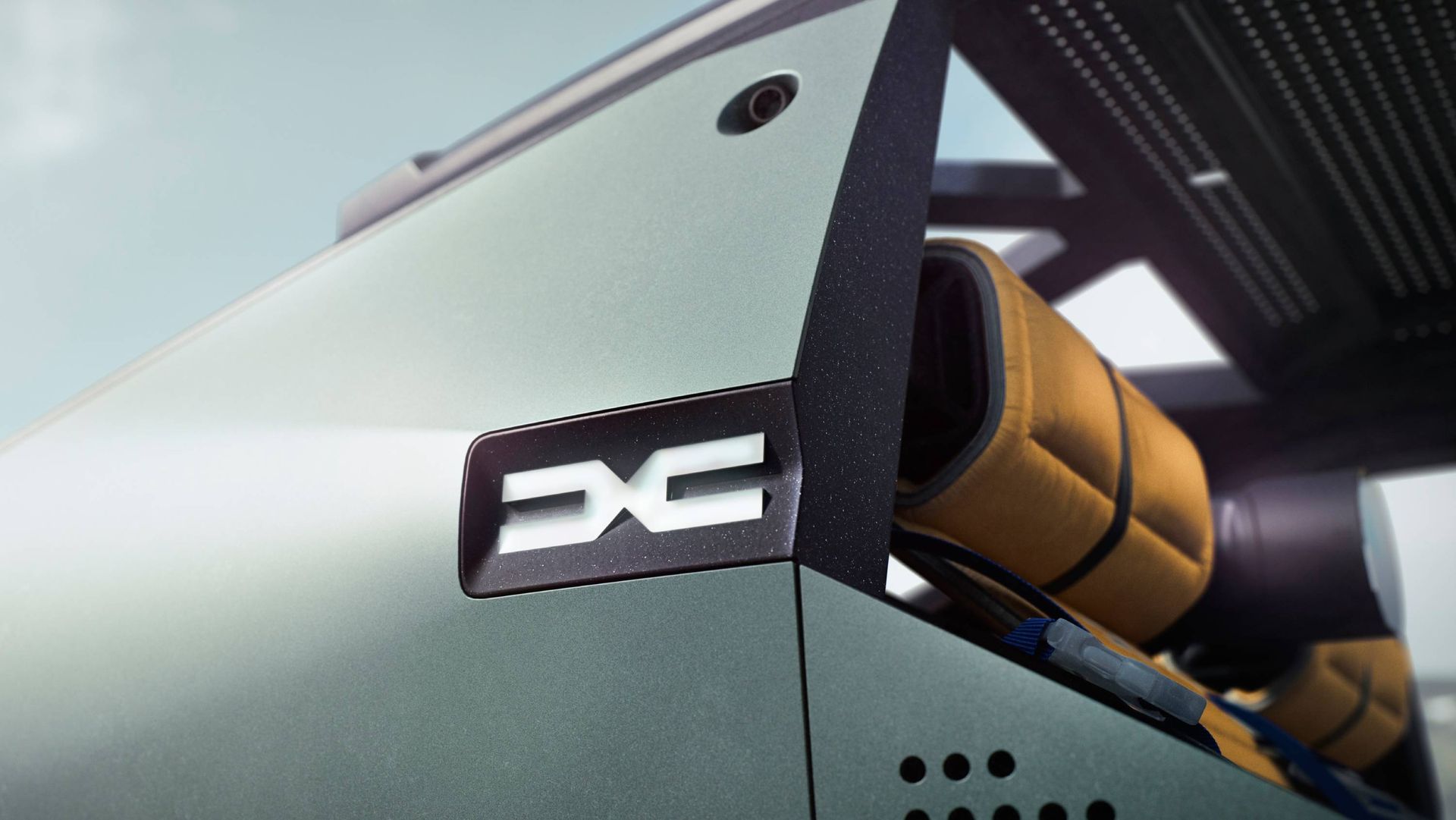
‘For us, it’s been interesting as it’s a way of experimenting with the focus on outdoor activities,’ says Durand. Both Duster and Stepway are rugged, off-road capable cars, SUVs for the post-SUV era, that have found favour in rural areas and with those who genuinely need a competent, go-anywhere car without the expense or weight of a luxury, gadget-laden interior.

At 3.6m long, the Manifesto is ultra-compact. ‘Essential is a good word,’ the designer says. ‘With our products, we’re always looking to see what we can take away.’ The concept goes to extremes – there are no doors or windscreen, and forward illumination is provided by a single central headlight that can be removed and used as a torch.
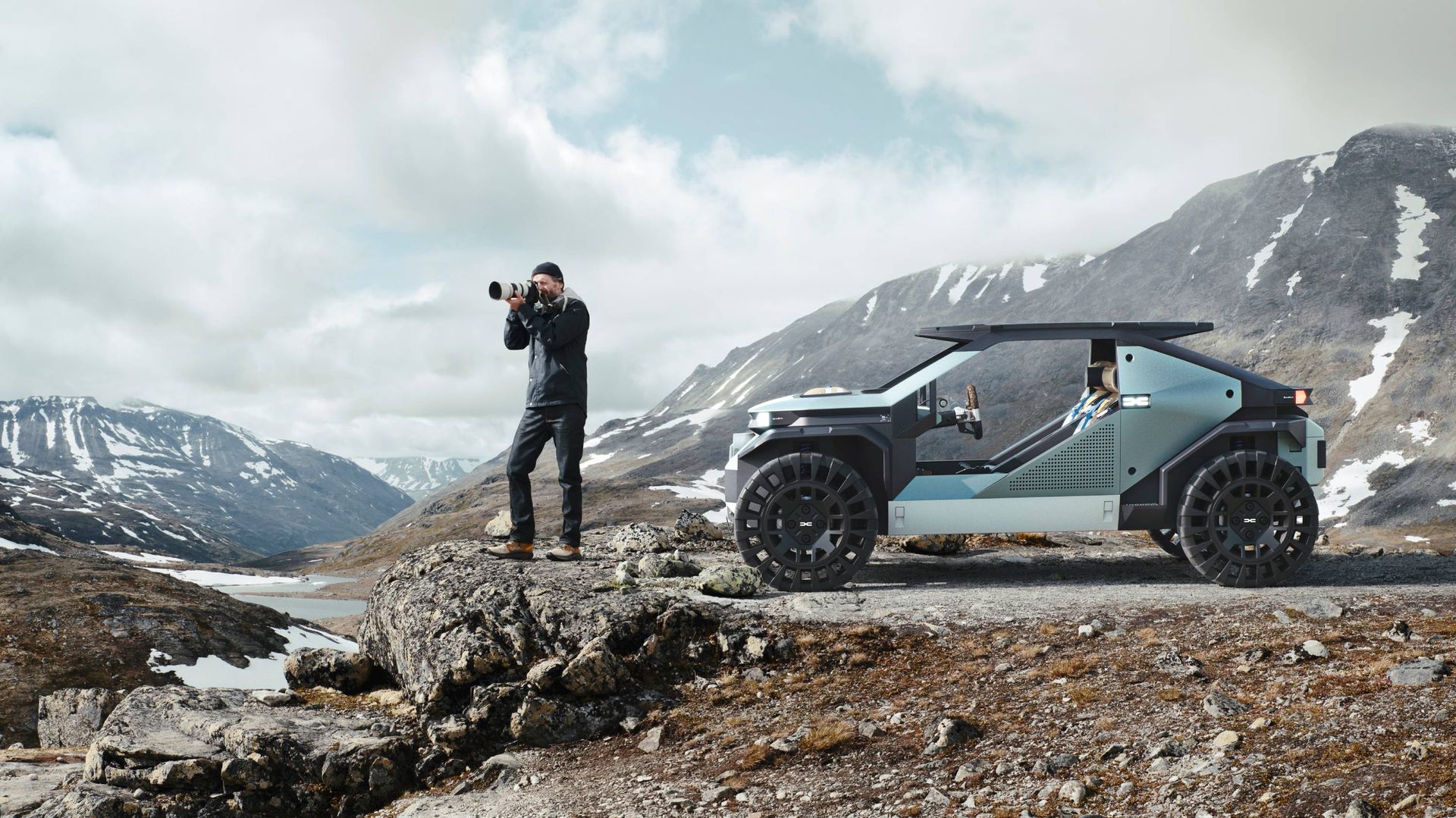
‘The goal was to create a car to support outdoor activities like camping, rock climbing, forest ranging,’ says Durand, pointing out that Dacia is one of the sponsors of the annual UTMB trail-running event around Mont Blanc. ‘We don’t care too much about performance,’ he adds. ‘We wanted this car to be light, agile, and able to go anywhere.’
If you could ever get behind the wheel, the elements would certainly be present, one of the reasons the concept has gone with a wipe-clean approach to the interior.
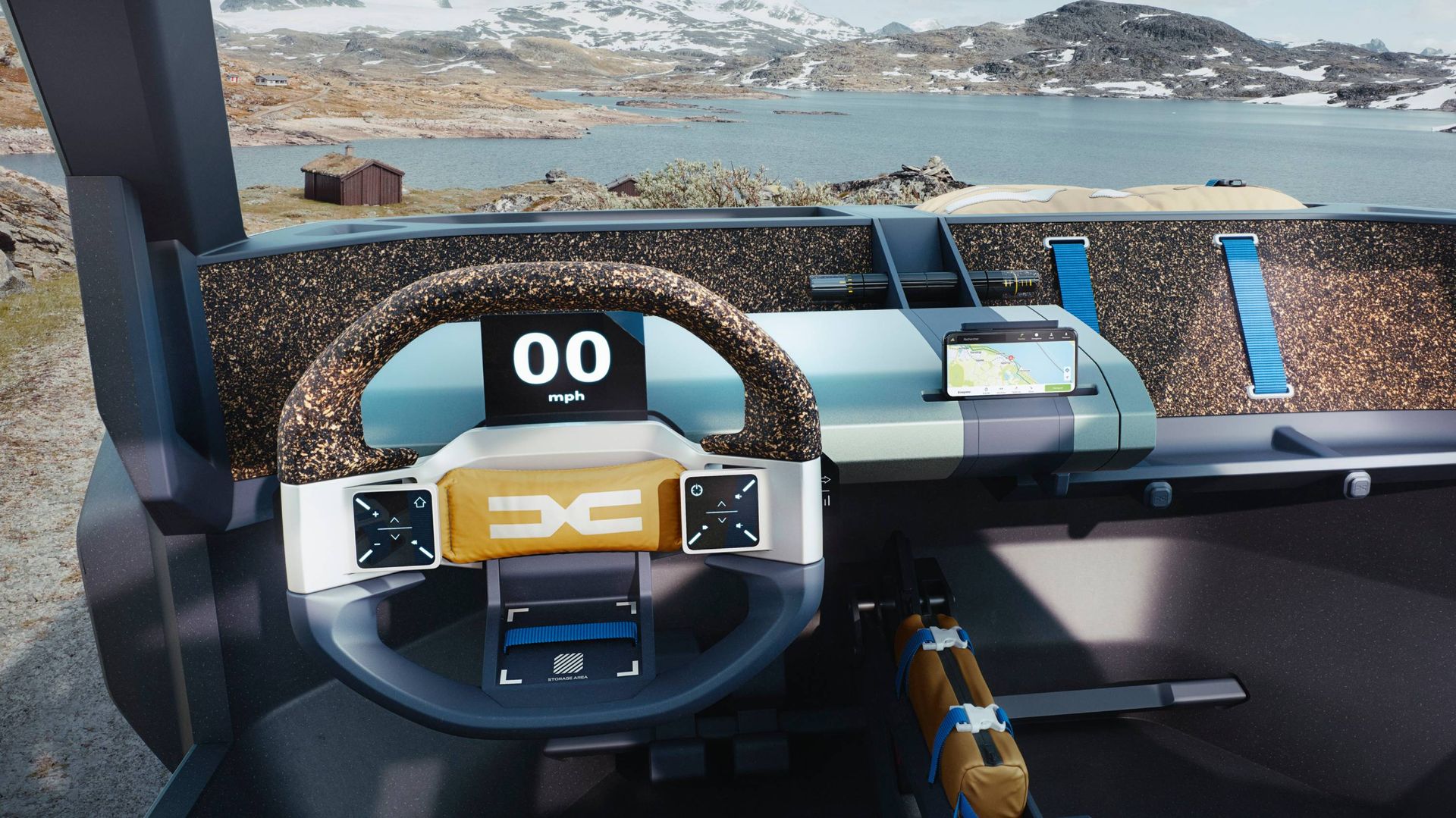
One of the primary materials is a new kind of recycled plastic, dubbed ‘Starkle’, developed by Dacia in collaboration with its suppliers and which will hopefully be seen in production cars soon.
This plastic is used for the dashboard, complete with tell-tale flecks of recycled material. The solid material also hides nicks and scratches.
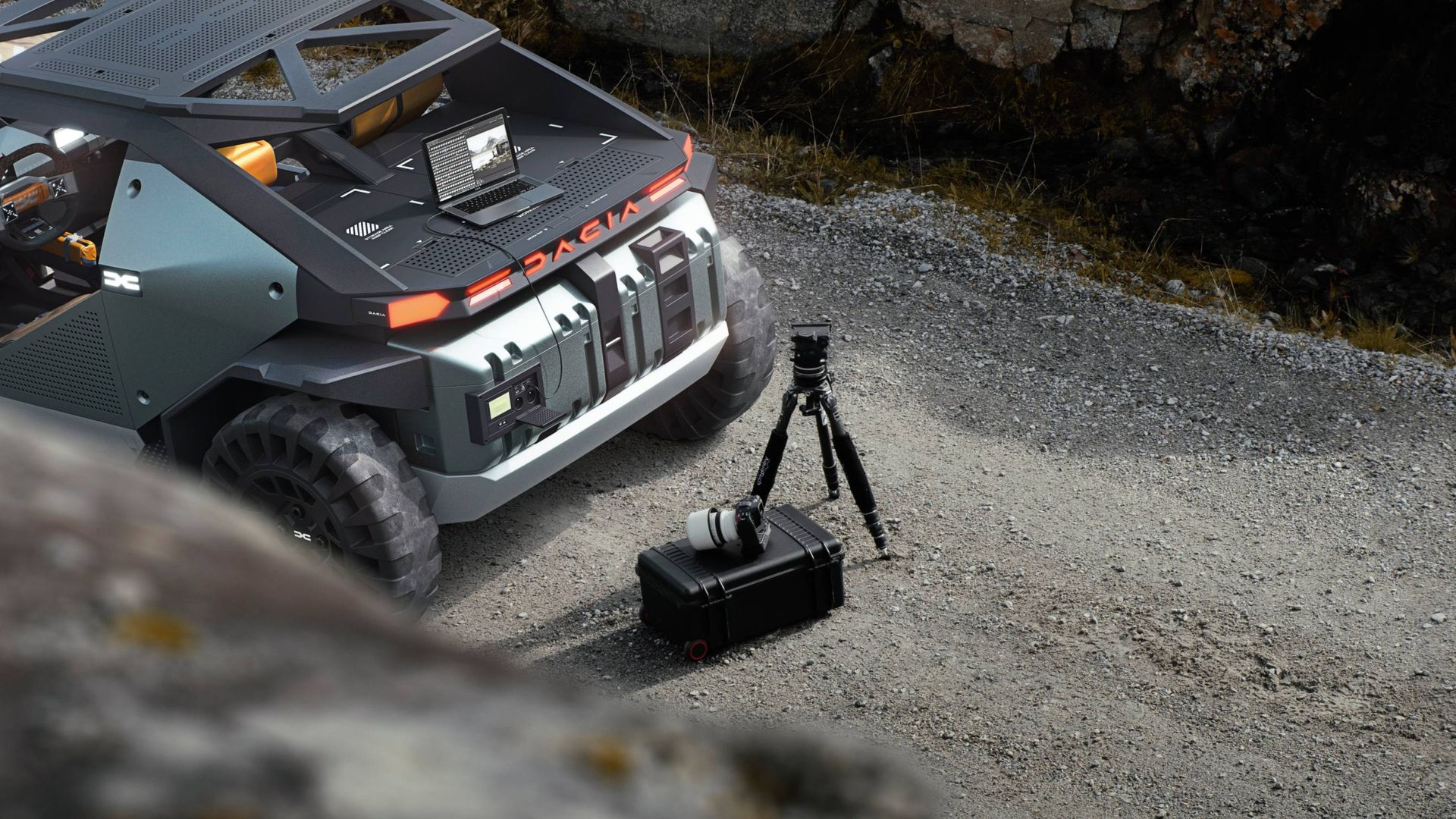
The Manifesto concept also has airless tyres, another technology on the verge of entering the mainstream. ‘You don’t need to carry a spare,’ Durand points out. ‘They’re designed to last the lifecycle of the car and then they can be recycled.’ By reducing all infotainment down to your own smartphone, the concept’s interior is exceptionally minimal, with the addition of cork surfaces that you can pin physical maps – ‘when you’re away from mobile signal’, according to Durand.

Dacia has also developed a modular accessory system, ‘u-clip’, which features a range of gadgets that can be placed in various places around the interior, with the idea that you take your water bottle and cupholder with you when you upgrade to your next car.
Little ideas like this could well come to fruition in the next generation of production cars.
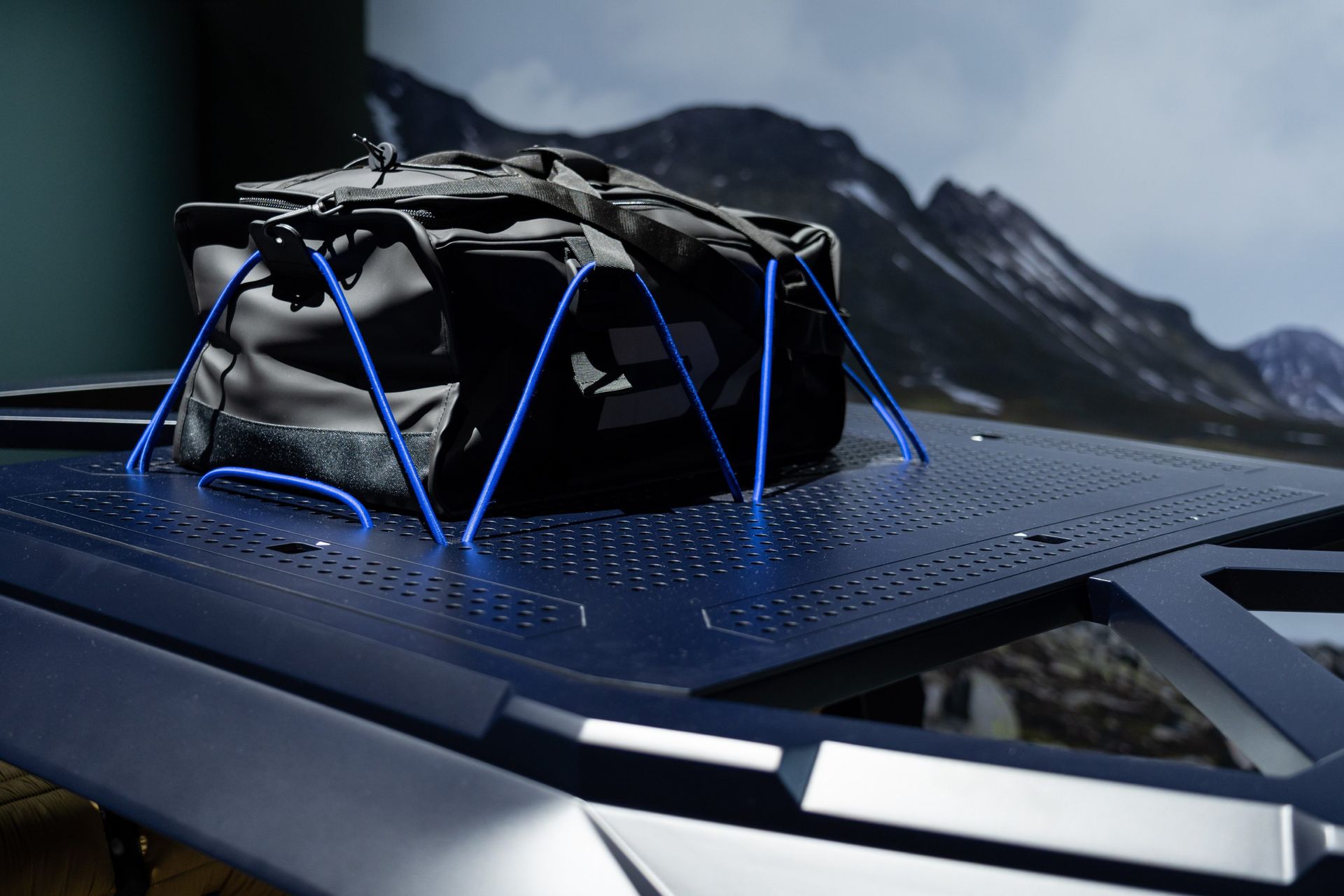
Durand won’t be drawn on the powerplant, saying that this kind of car could be full electric or hybrid, with the ability to serve as a portable powerplant for tools – the rear deck can even double as a workbench.
Above the passenger compartment is a modular drilled metal roof rack, which reinforces the idea of the concept as a sort of automotive backpack.
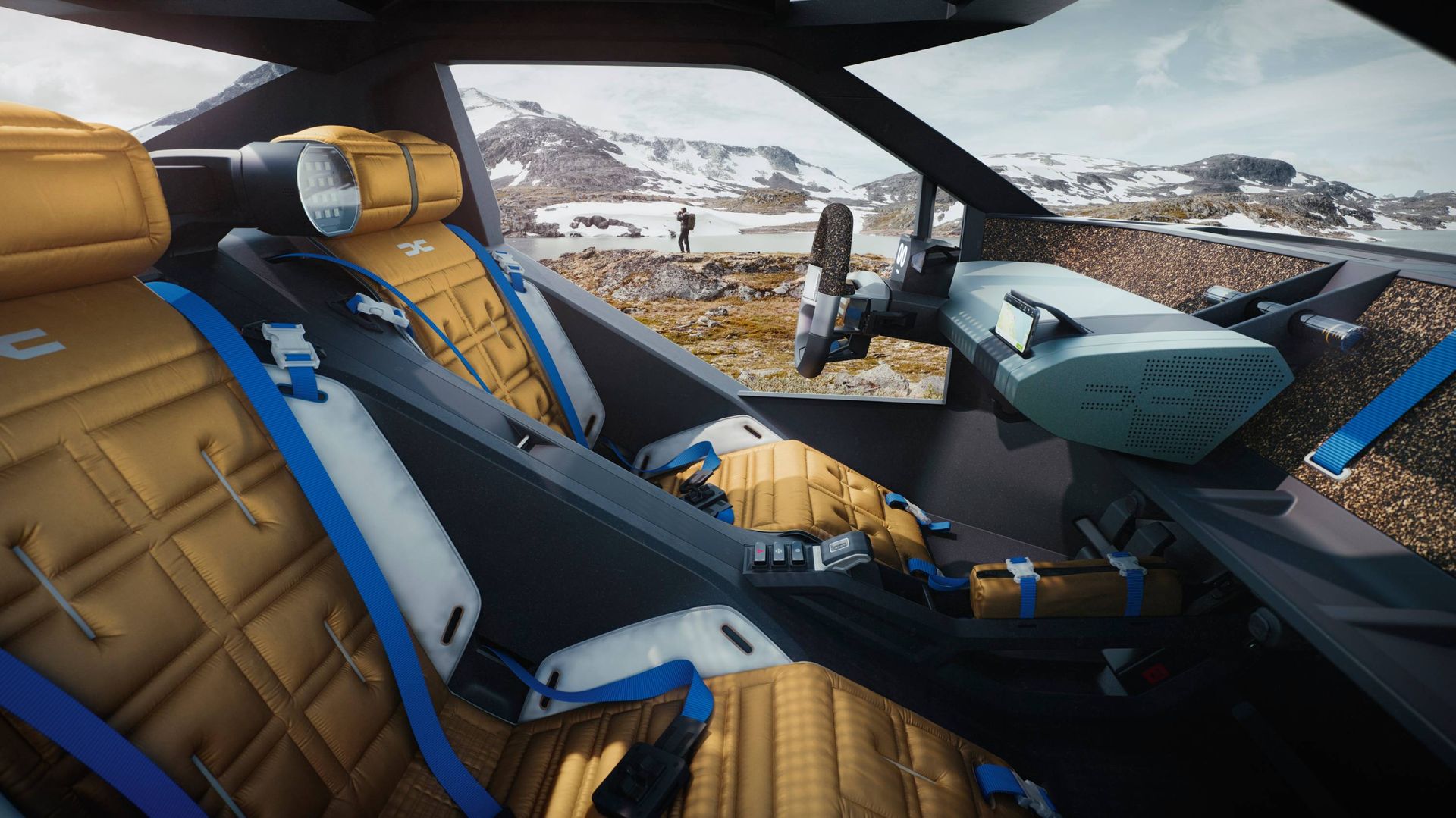
Seats are made from waterproof sleeping bag material, easy to remove, use, and wash. ‘Outdoor activities are really very strong with our customers,’ says Durand. ‘We’re coming up with ideas like how you can turn a Jogger into a simple camper van, for example, or tents that can extend the interior of the car. It’s something people are looking into more and more, whether it’s wild camping, festivals, or even visiting friends.’
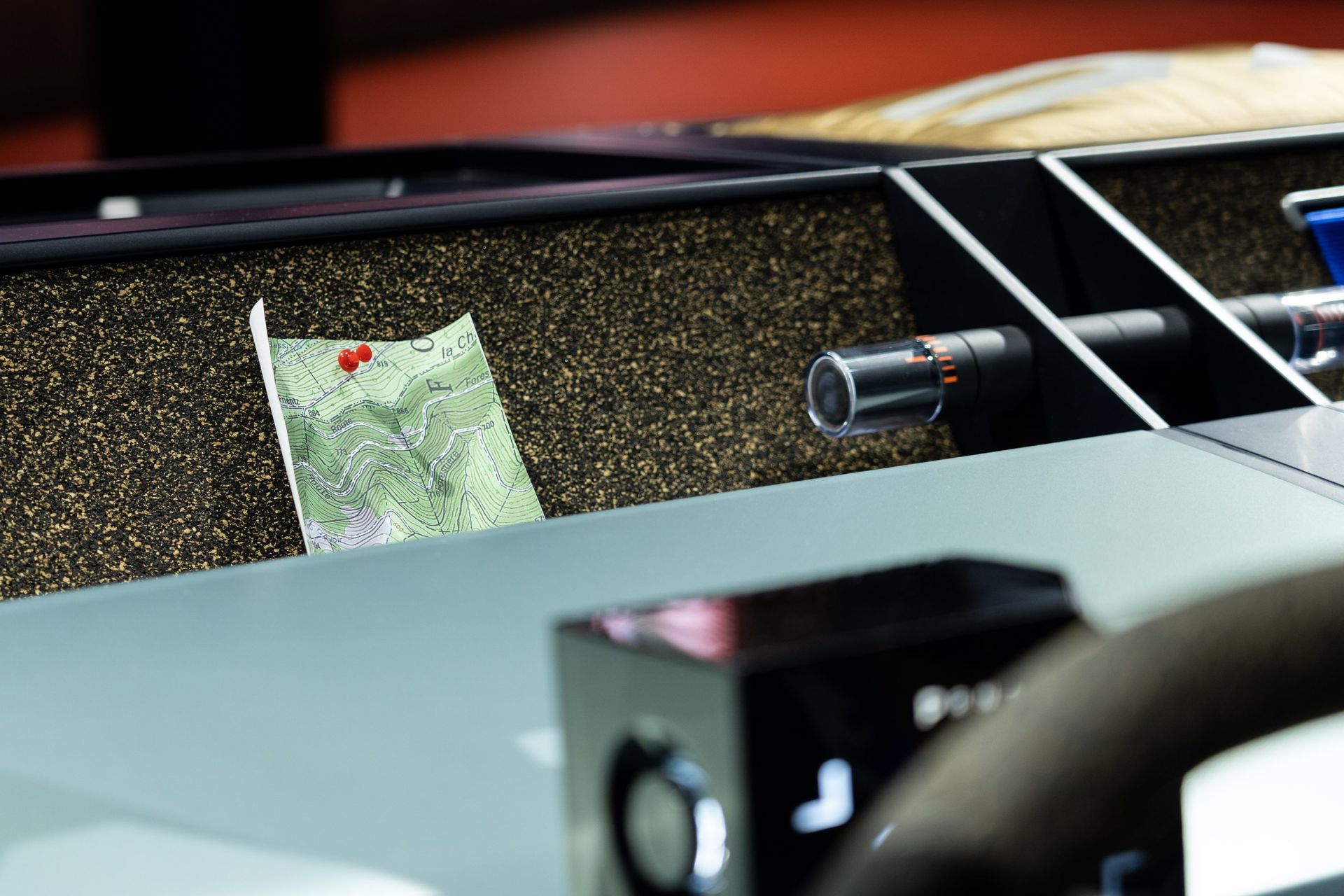
Above all, the Manifesto concept captures a sense of endless possibilities, proving that Dacia is not afraid to go out on a limb.
INFORMATION
dacia.co.uk (opens in new tab)
Jonathan Bell has written for Wallpaper* magazine since 1999, covering everything from architecture and transport design to books, tech and graphic design. He is now the magazine’s Transport and Technology Editor. Jonathan has written and edited 15 books, including Concept Car Design, 21st Century House, and The New Modern House. He is also the host of Wallpaper’s first podcast.
-
 Design podcasts to discover: creative giants share smalltalk and big ideas
Design podcasts to discover: creative giants share smalltalk and big ideasListen to the best design podcasts by creators, curators and journalists shining a spotlight on different areas of the design practice
By Rosa Bertoli • Published
-
 2022 fashion highlights, as picked by the Wallpaper* team
2022 fashion highlights, as picked by the Wallpaper* teamThe Wallpaper* fashion and beauty team reflect on their personal 2022 fashion highlights – from Gaetano Pesce at Bottega Veneta and Wales Bonner in Florence to intrigue and seduction at Prada
By Jack Moss • Published
-
 Marre Moerel’s swinging flame candle uses artful balance
Marre Moerel’s swinging flame candle uses artful balanceVita Balanza by Marre Moerel and Santa & Cole has turned candles into a balancing act
By Martha Elliott • Published
-
 Peugeot’s sparky 308 gets hybrid power and handsome lines
Peugeot’s sparky 308 gets hybrid power and handsome linesThe Peugeot 308 proves that mass-market design needn’t be dull, blending hybrid power with sharp lines and excellent detailing
By Jonathan Bell • Last updated
-
 BMW Motorrad brings out the big guns for its newest cruisers
BMW Motorrad brings out the big guns for its newest cruisersBMW Motorrad R 18 Bagger and Transcontinental set the tone for high-voltage cruising with a brand collaboration with speaker specialist Marshall
By George Chapman • Last updated
-
 The sun sets on traditional supercars at California’s Monterey Car Week
The sun sets on traditional supercars at California’s Monterey Car WeekMonterey Car Week, the world’s most prestigious car gathering, is showcasing ever-more extravagant special editions, coachbuilt cars and all-new electric concepts. Here are seven key machines from 2022
By Rory FH Smith • Last updated
-
 Is McLaren’s GT a sports car, a tourer, or the best of both?
Is McLaren’s GT a sports car, a tourer, or the best of both?The McLaren GT is a capable all-rounder dressed up in svelte supercar clothes. It might also be the last of its type
By Jonathan Bell • Last updated
-
 Rolls-Royce puts the Phantom back on its lofty pedestal
Rolls-Royce puts the Phantom back on its lofty pedestalA mid-life refresh ensures the flagship Rolls-Royce Phantom Series II is at the top of its game, a last hurrah for traditional engines before an electrified future
By Jonathan Bell • Last updated
-
 Prodrive’s new racing simulator is shaped by Callum to be front of the grid
Prodrive’s new racing simulator is shaped by Callum to be front of the gridThe racing simulator shapes up – this new design from Prodrive and Callum is honed for the high-end games room
By Jonathan Bell • Last updated
-
 The Cupra Formentor is a dark star for bright minds
The Cupra Formentor is a dark star for bright mindsFor all its moody styling, the Cupra Formentor – from the SEAT spin-off brand – is a compact, swift and fun-to-drive crossover
By Jonathan Bell • Last updated
-
 928 by Nardone Automotive: a restomod Porsche with Gallic verve and Italian style
928 by Nardone Automotive: a restomod Porsche with Gallic verve and Italian style928 by Nardone Automotive is a gracefully modernised version of Porsche’s endearingly different 928
By Jonathan Bell • Last updated
